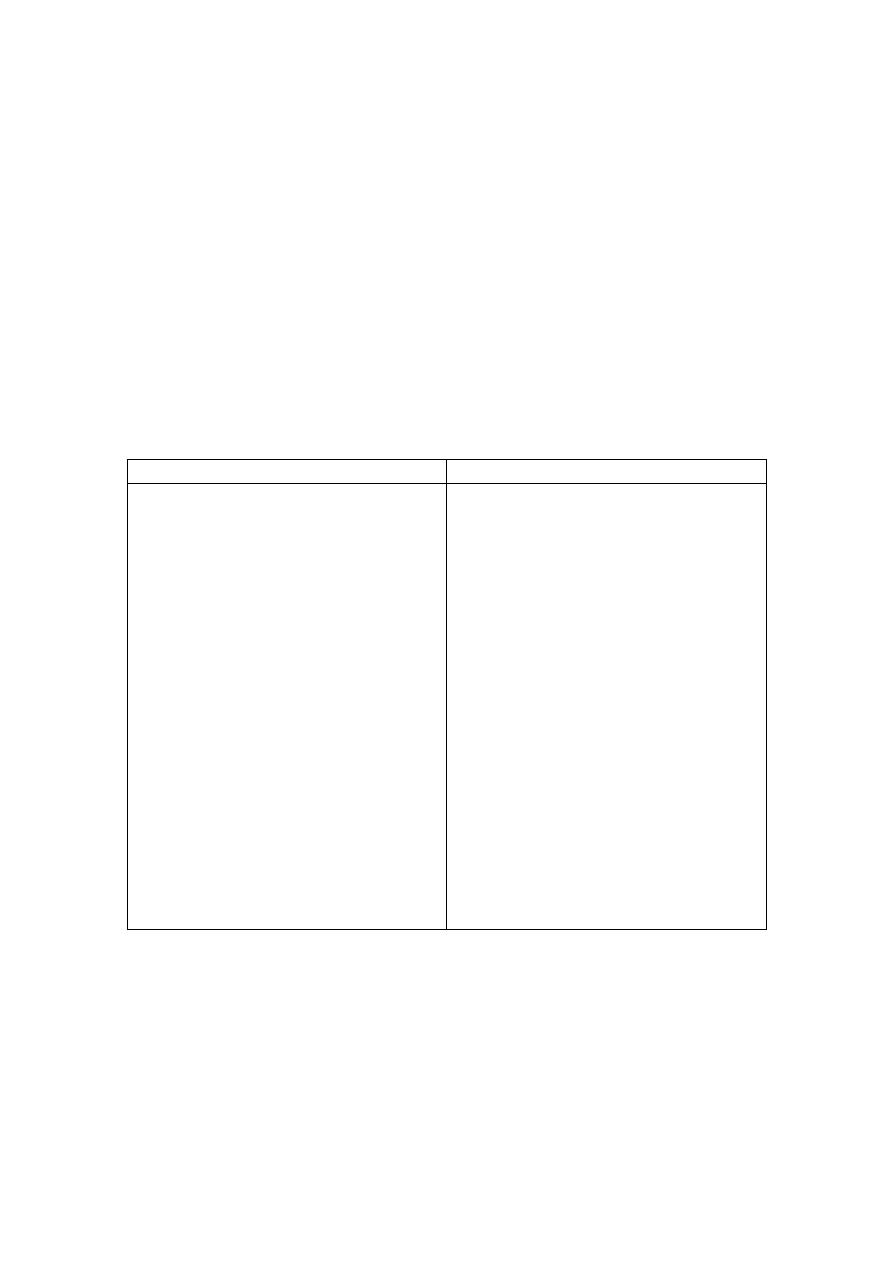
Dermatologic Parasitology
Scabies
(Itch disease)
Scabies is an infestation by the mite Sarcoptes scabiei which is a very small
microorganism with dimensions of 0.4 x 0.3 mm for the female and 0.2 x 0.15 for
the male. It appears by the magnifying lenses as a very small dot having many legs
with multiple joints for each leg.
Life cycle:
When come in contact with the human skin, the fertilized female mite attack (and
dig in) the stratum corneum making a tunnel (called burrow) in which it lay eggs.
Each fertilized female lay 3 eggs per day, the eggs hatch in 3 days into male and
female larvae that need 3 weeks to become adult mites. The life span of the mite is
6 weeks but it die in 3 days if get out of human body. The new females are fertilized
by males and then either remain in the burrow or leave it to form other burrow in
the same patient or to infest another person to repeat the cycle.
Source: Prisons, hotels, institutes, or military places.
Transmission: close skin-to-skin contact as with sex partner, children playing, or
health care worker. Mites can remain alive for over 2 days on clothing or in
bedding, and therefore, scabies can be acquired by sharing beds or clothing.
Clinical features: If a patient receives the mite, symptoms will not appear before 3
weeks when immune response reaches its peak, but if he was previously infested,
he will react after 3 days.
1- Generalized disturbing nocturnal itch that is aggravated by heating is the most
important symptom.
2- Primary lesions are the burrows and vesicles. The burrow is a zigzag (S or C-
shaped) skin colored elevated line or ridge that ends with a vesicle. Common sites
of burrows are the finger webs, sides of fingers, axillae, umbilicus, buttocks, male
genitalia, female breast and areola, and, in infants, the palms and soles
3- The non specific secondary lesions are the most dramatic part of the eruption
and consists of scattered excoriated eczematoid or urticated papules occurring
usually on the trunk with scratch marks, and secondary bacterial infections.
4- Nodular lesions develop in 10 % of patients (especially in the genitalia and
axillae) that may persist for long duration (3-4 months) after successful eradication
of the mite, and if so, they are called post-scabetic nodules.
Diagnosis: Clinical findings, confirmed, if possible, by microscopy.
Clinically
Itching
Generalized, Nocturnal, exacerbated by heat
Family member or close contact affection
Site of lesions

Finding the borrow and demonstration of the mite, its eggs or even just the
feces will confirm the diagnosis.
Sometimes when the mite cannot be demonstrated, a “therapeutic test” will
clinch the diagnosis.
Treatment
• Scabicides: should be applied to the entire body from neck to feet, being
sure to treat the genitals, umbilicus, and all body folds.
1- Gamma benzene hexachloride (lindane): is applied only once and is very
effective. It may be toxic to infants.
2- Permethrin: effective, non-toxic. It is the treatment of choice in young children
and pregnant women
3- Benzyl benzoate is applied daily for 3 days.
4- Sulfur 5-10% in petrolatum: applied for 3 days, simple, effective and cheap but
messy and irritant.
5- Crotamiton: twice a day for 3-5 days, 25% failure rate but safe in infants and
during pregnancy.
In some clinical situations such as poor compliance, immunocompromized patient,
or heavy infestation, systemic treatment with ivermectin (200 microgram/kg) as a
single dose is appropriate.
• Treatment of itching: the worst itching fades in 1-2 days but sedating
antihistamines and corticosteroids may be needed.
• Treatment of secondary bacterial infection.
• Treatment of contacts.
• Environmental treatment
Pediculosis
It is infestation of human with lice. A louse is a small (2-4mm in length) wingless
flattened insect (6 legged).
There are 3 common types:
1- The head louse: Pediculus humanus capitis
2- The body louse: Pediculus humanus corporis
3- the pubic louse: Phthirus pubis
Life cycle:
The cycle starts when the adult female lays 8 eggs/day on the surface of skin (
where temperature is optimum for the eggs). These hatch in 8 days into nymphses
which require another 8 days to become mature males and females. The mature
adult female lives about one mouth.
Pediculosis Capitis
Infestation of the scalp by head louse, It is more common in school and pre school
age but no age is immune.
Transmitted by:

Direct head-to-head contact in schools classes, small rooms, especially in
winter.
Indirect contact by shared hats, caps, brushes, combs.
Clinical Features:
1- Pruritus and itching that is persistent day and night especially in the occipital
region and sides of neck
2- Eczematisation of the neck.
3- Secondary bacterial infections due to scratching resulting in exudation,
crustation and impetigo.
4- cervical lymphadenopathy.
Diagnosis
Clinical findings, confirmed by detection of nits and/or lice. Finding a louse is
difficult. Majority of patients have a population of < 12 lice. Mainly we find the nits
(eggs), these vary in number from only a few to thousands Nits should be
differentiated from the scales (dandruff) that attach the scalp hair.
Scales
Nits
Scales are loosely attached and
can easily be removed.
Nits are firmly attached to hair
shaft and difficult to be removed.
Scales are irregular in shape and
encircle the hair shaft or lie free
between them.
Nits are regular in shape and form
an angle of 45 with the hair shaft.
Click sign is negative with the
scale.
When you press the nit between
two nails, you will hear a click
sound (i.e. click
sign positive)
Scales are not viable and will not
appear shiny.
Nits illuminate and appear shiny
and
white
by
wood’s
light
examination because they are
viable.
Scale does not contain embryo.
By light microscopic examination
we can see the embryo inside the
Nit.
Treatment
Pediculocides
1- Permethrin shampoo is worked into the scalp,left on for 5-10 minutes and rinsed
out.
2- lindane (Gamma benzene hexachloride) shampoo.
3- Malathion
4- benzyl benzoate
5- pyrethrin shampoo
6- Kerosine: applied for 3 successive days, it may cause irritation.
Every treatment must be reapplied after 8 days.

Nit Removal with fine-toothed comb
Preventing Reinfestation and Contagion
Treat secondary bacterial infection.
Pediculosis Corporis
Is caused by Pediculus humanus corporis (body louse), which resembles the head
louse but is larger in size. The host invariably has very poor hygiene. The body
louse lives in clothing or bedding and visits the human host only to feed. They are
transmitted mainly by sharing clothes.
Clinically, nits are seen in the seams of clothing. Patient complain of generalized
itching mainly on the trunk. Sites of feeding may present as pin point macules,
papules, or papular urticaria. Lesions are commonly scratched and can become
secondarily infected.
The same topical remedies of pediculosis capitis can be used for treatment.
Patient clothing and bedding must be disinfected.
Pediculosis Pubis
Pediculosis pubis is an infestation of hair-bearing regions with the pubic lice
(Phthirus pubis). Most commonly the pubic area is affected but at times the hairy
parts of the chest and axillae and the upper eyelashes but never affect the scalp
Transmission is by close physical contact such as sexual intercourse; sleeping in
same bed; possibly exchange of towels. 35% of cases associated with other
sexually transmitted diseases.
Clinical features:
1- Sever itching in the pubic area, lower abdomen, upper thigh, ad sometimes in
the axilla.
2- Scratching marks.
3- Secondary infection.
4- Sometimes bleeding spots are seen on skin or in the underwear and may be
misdiagnosed as uretheral bleeding.
Diagnosis is usually clinical confirmed by finding the organism attached to hair
shaft
Treatment
Shaving of the hair and application of lindane solution for 2 successive days or
sulphur for 3 successive days. Treatment should be repeated after 8 days. For
eyelashes infestation, application of any ointment (ex. Vaseline) to cause
suffocation and death of the lice then removed by forceps.

Cutaneous Leishmaniasis
(Baghdad Boil)
Leishmaniasis is a parasitic infection caused by many species of the protozoa
Leishmania, manifested clinically as four major syndromes
1-Cutaneous leishmaniasis (Old and New World types).
2-Mucocutaneous leishmaniasis.
3-Diffuse cutaneous leishmaniasis.
4-Visceral leishmaniasis.
The old world type of cutaneous leishmaniasis is caused by:
1- leishmania tropica that causes the dry (urban) which
Heal with minimal scarring.
2- leishmania major that causes the wet (rural) type
Which heals with ugly scarring.
(This subdivision will be our subject)
It is endemic in our countery. Transmitted by the female sandfly.
The definitive host is human, while the intermediate hosts are cats, dogs, and
human. Incubation period ranges from few days to few months
Clinical features: Cutaneous leishmaniasis is characterized by development of
single or multiple cutaneous papules at the site of a sandfly bite, often evolving into
indurated nodules with special dusky colour. These may ulcerate (in the wet type)
and heal spontaneously with a depressed scar that might be ugly or distorting
important organs such as the nose or the ear. It usually affects exposed areas, but
may rarely affect hidden areas. Disease is self limiting healing in 9-12 months
giving along lasting immunity, however recurrences may occur rarely.
Treatment
The aim is to minimize scarring and decrease the duration.
Local Therapy
1- Physical: Cryotherapy using liquid nitrogen.
Heating using infrared radiation.
2-Chemical: by intralesional injection of Na-stibogluconate,
Hypertonic NaCl solution or zinc sulphate.
Systemic Therapy
Used with multiple lesions, very little child or at important
Site like nose or angle of the eye.
1- Injection: Na stibogluconate (10 mg/kg/day for 10-20 days).
2-Oral: zinc sulphate, ketoconazole, rifampicin, INH, dapson.
